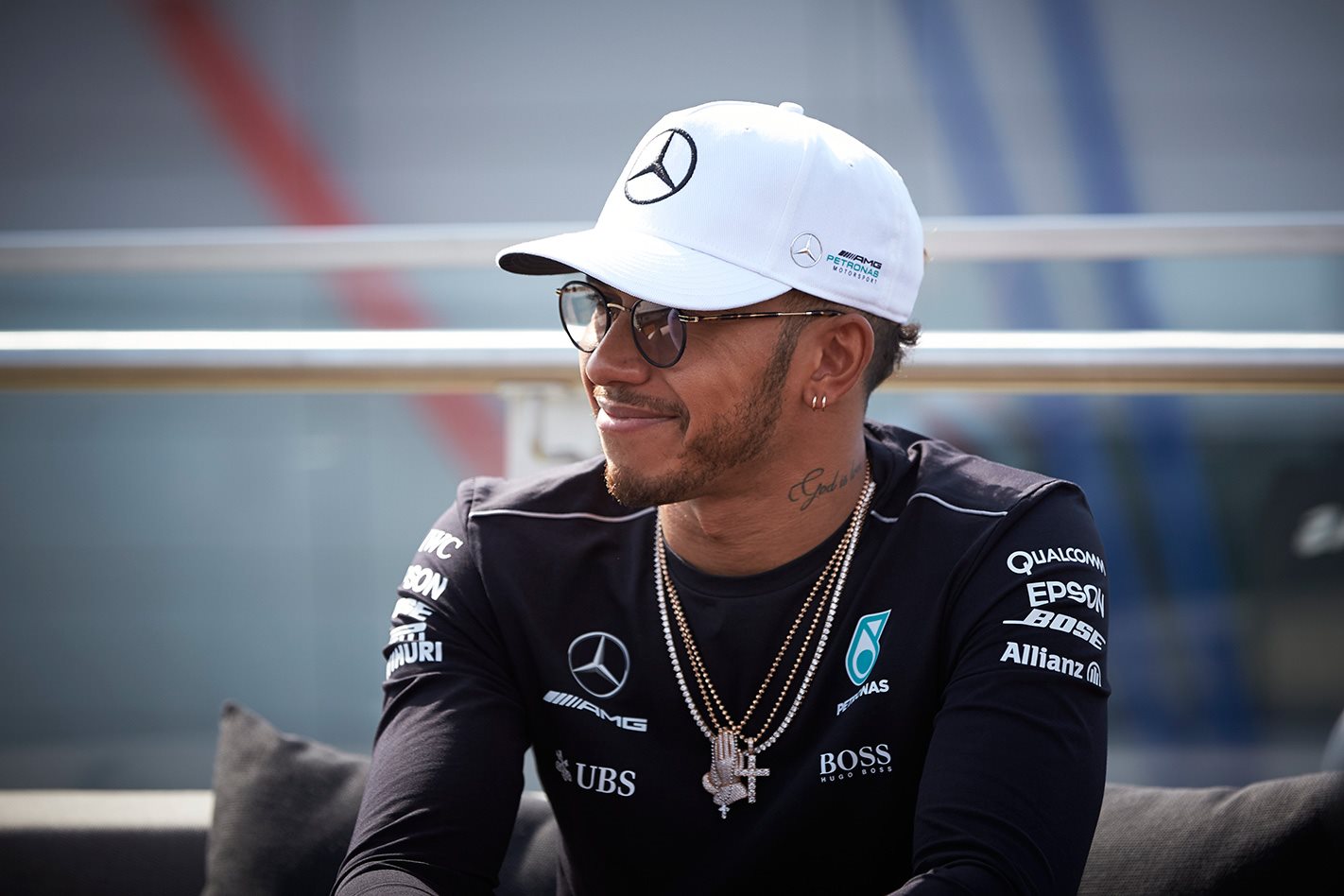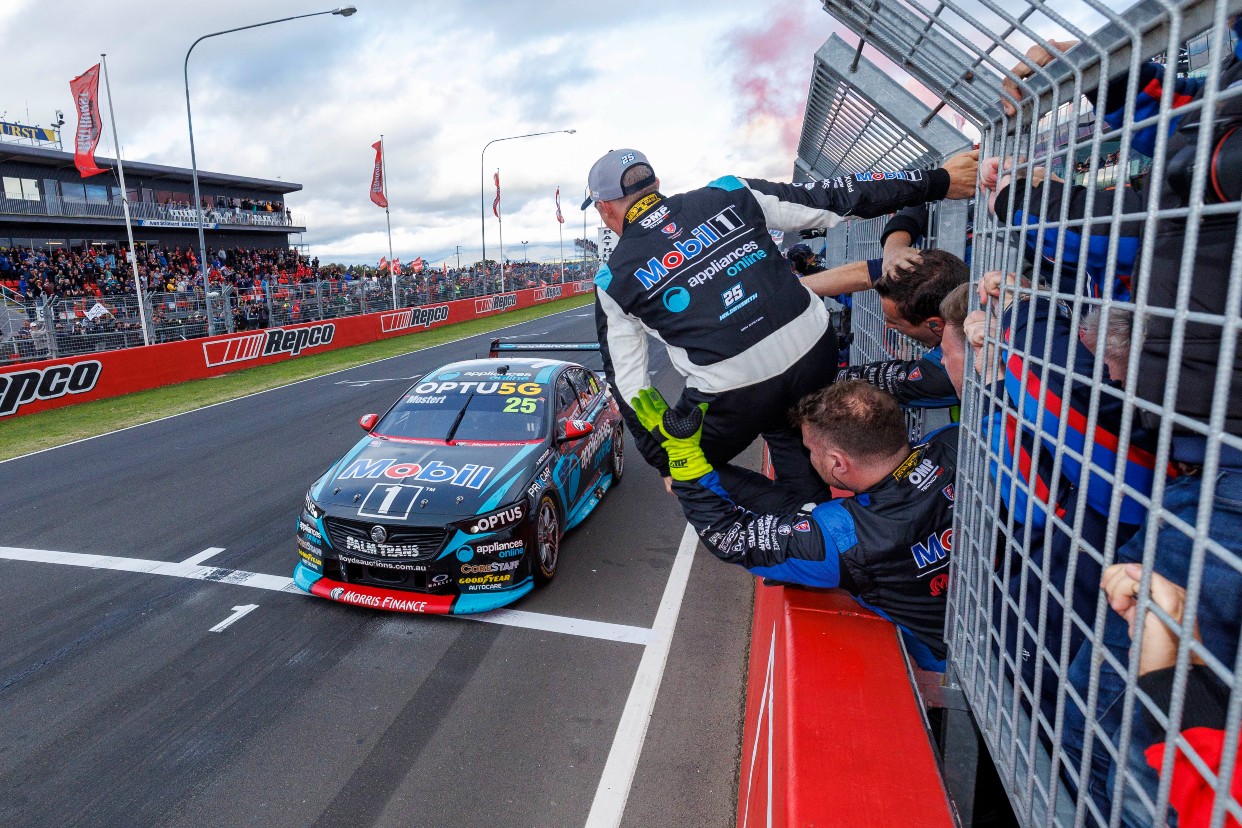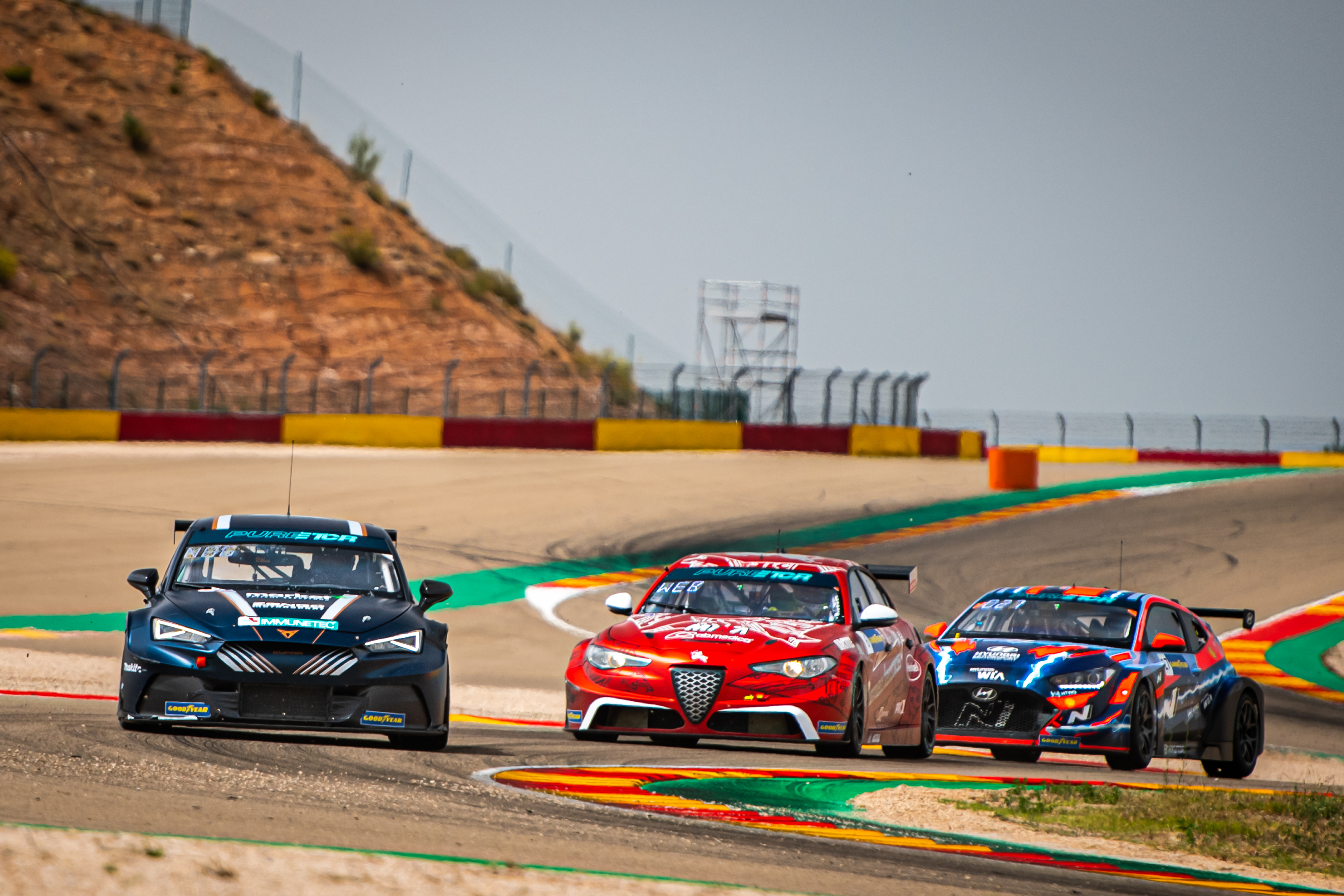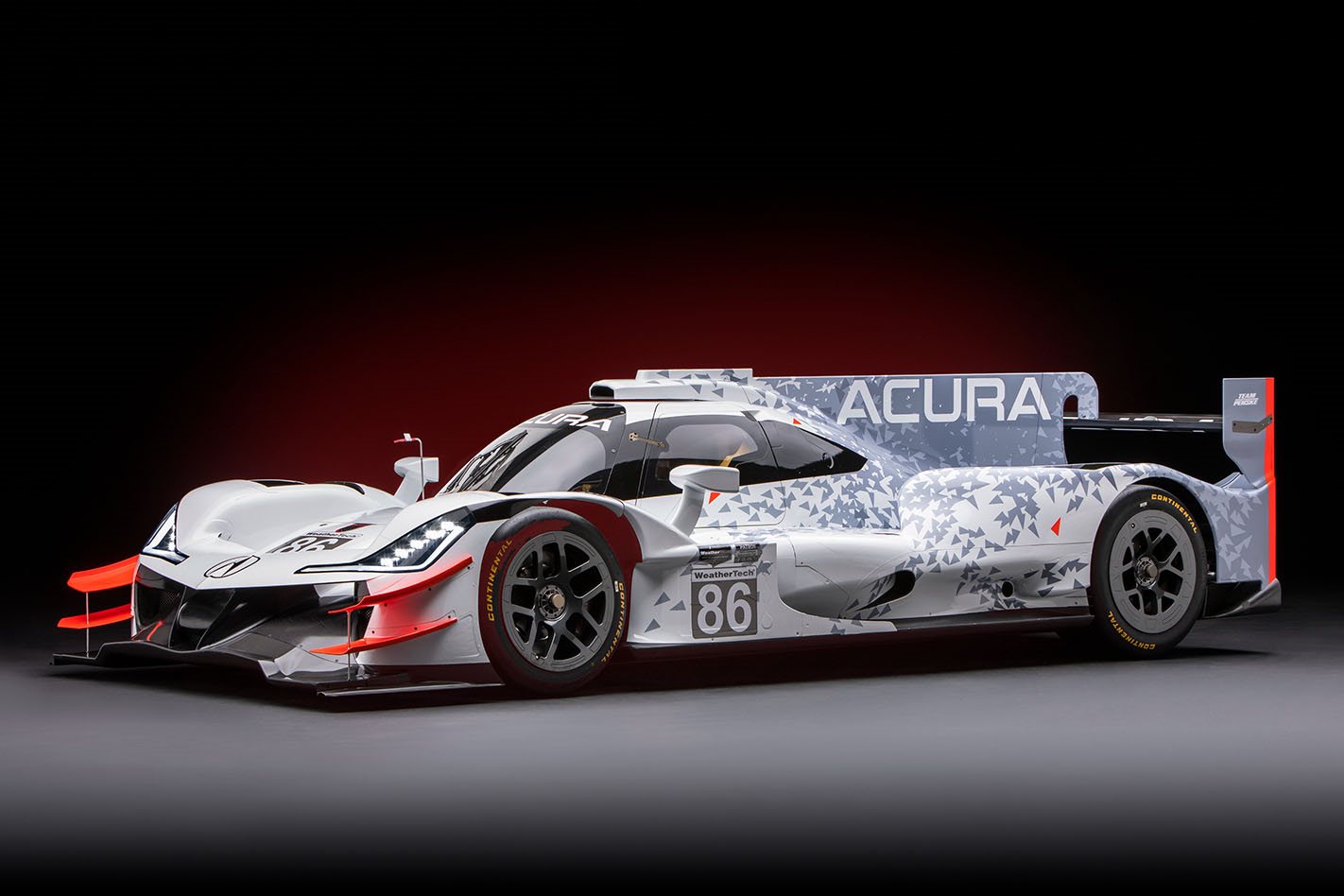IT IS usual approaching the business end of the Formula One season to see an abundance of tales in the motorsport media relating to likely/possible/certain driver moves for the coming year.
During this mid-season break in F1 hostilities, such stories are cranking up, many it seems generated by fertile imaginations.
For many Teutons, the idea of a German in a car has brought forth suggestions that Sebastian Vettel may swing across to Mercedes next season.
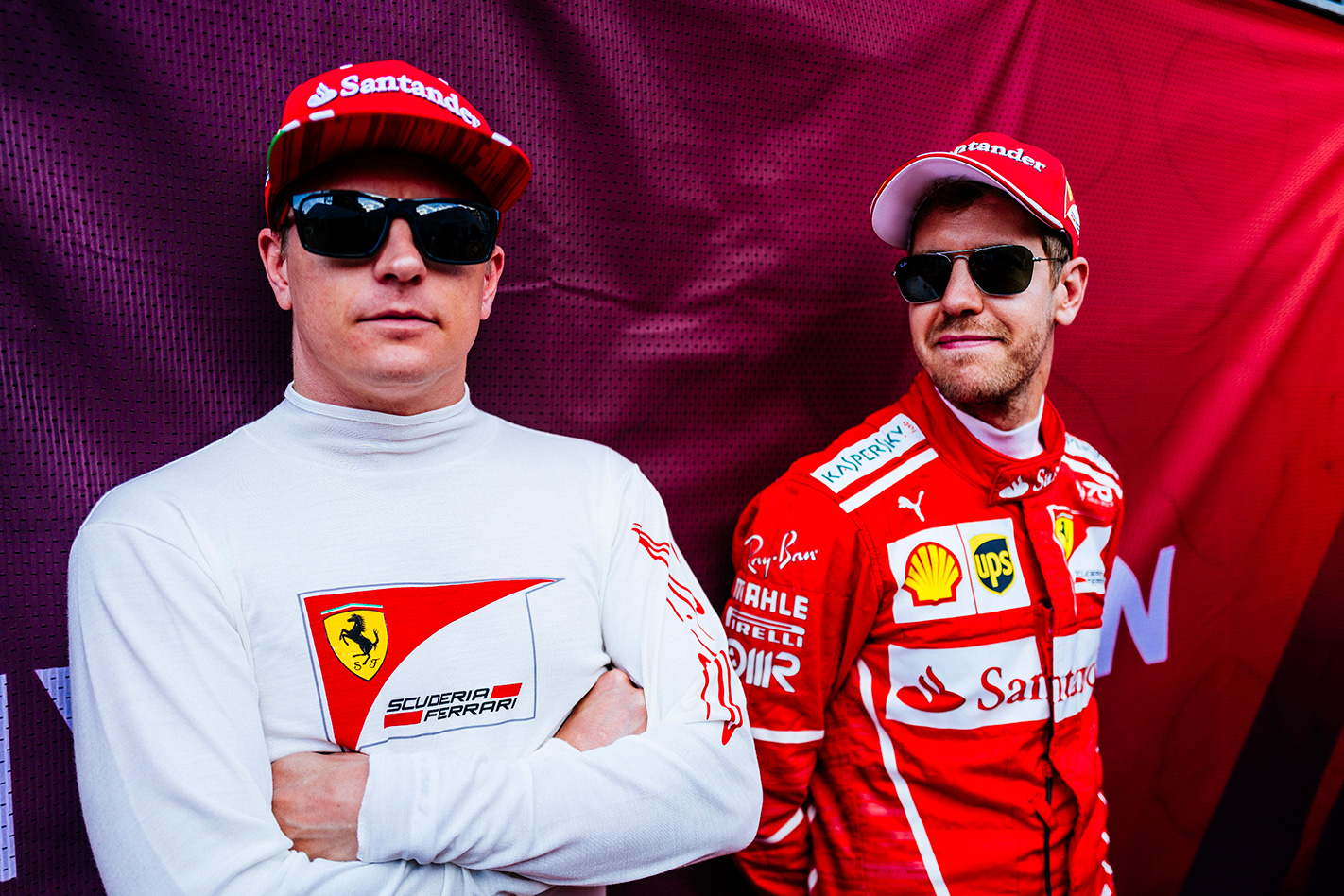
Other playful media people have speculated that should Vettel jump to Mercedes, Lewis Hamilton could switch to Ferrari next season.
Mercedes chief Toto Wolff was quick to dismiss speculation that Hamilton could switch to Ferrari next season and that his main world championship rival Sebastian Vettel might move the other way.
Wolff quickly hosed down such talk, insisting Hamilton would stay put to serve the remaining 18 months on his contract.
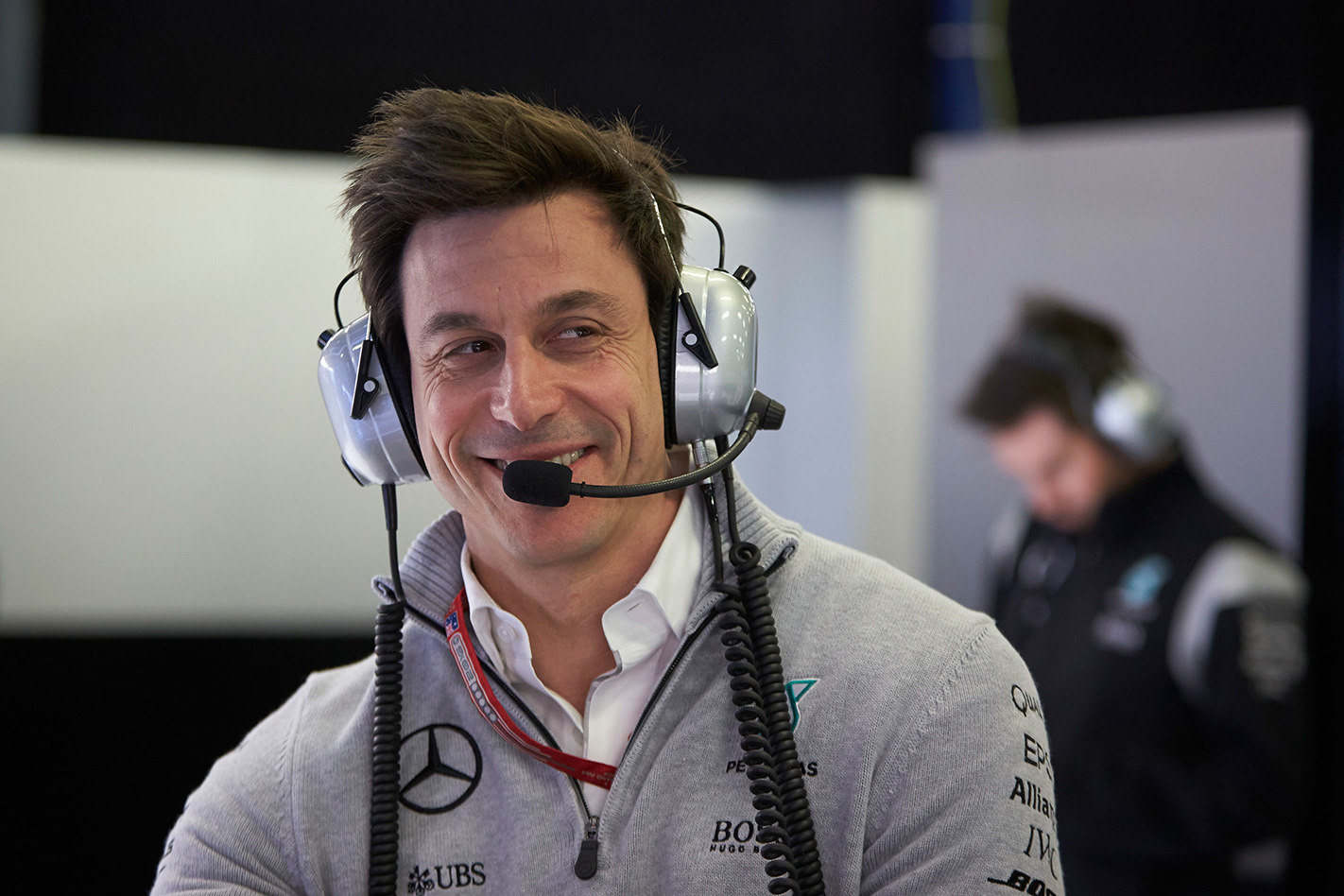
In a drivers’ market dictated only to a certain degree by contractual arrangements (who insisted that contracts are made to be broken or at least negotiated out of?), the other two hot properties are Max Verstappen and Daniel Ricciardo, both under contractual lock-and-key at Red Bull.
Red Bull Racing team principal Christian Horner is tired of reciting the mantra that neither is going anywhere.
Of course, one who might be available is the hapless Fernando Alonso, but both Ferrari and Mercedes have declared he won’t be returning to their operations.
Okay, so may I be a little naughty now and suggest this scenario: the availability of Alonso and the addition of a pile of money encourages Red Bull to lose Verstappen to Ferrari…
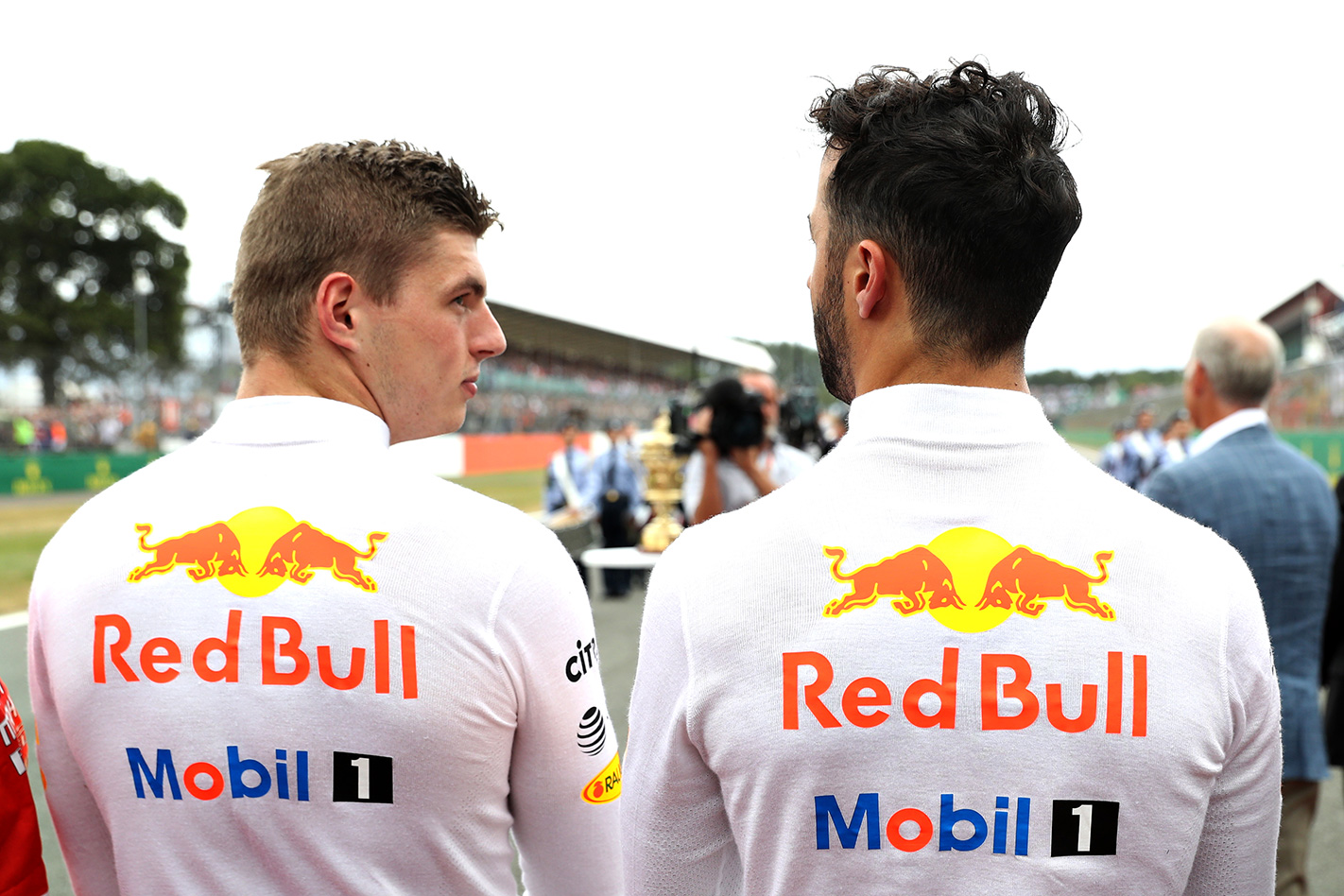
Just a silly thought…
Then there is the crazy engine conjecture, with McLaren working hard behind the scenes to find a solution to its desperate need for a fast and reliable power unit (and one that doesn’t have the Honda name on it).
At Silverstone, the upgraded Honda was about 20 horsepower stronger with the next step reportedly taking it up a promised further 30 horses, meaning it is only 40 horsepower away from the dominant Mercedes.
But McLaren seems well over promises, and the Honda’s unreliability. But getting out of the arrangement is not easy. The contract is watertight, so Honda would need to agree to a split.
Oh how McLaren wishes it should walk away as easily as Sauber, which is now pulling out of its deal with Honda for 2018 (it had only signed a letter of intent, which is breakable) and will chose either Ferrari or Mercedes power for next season.
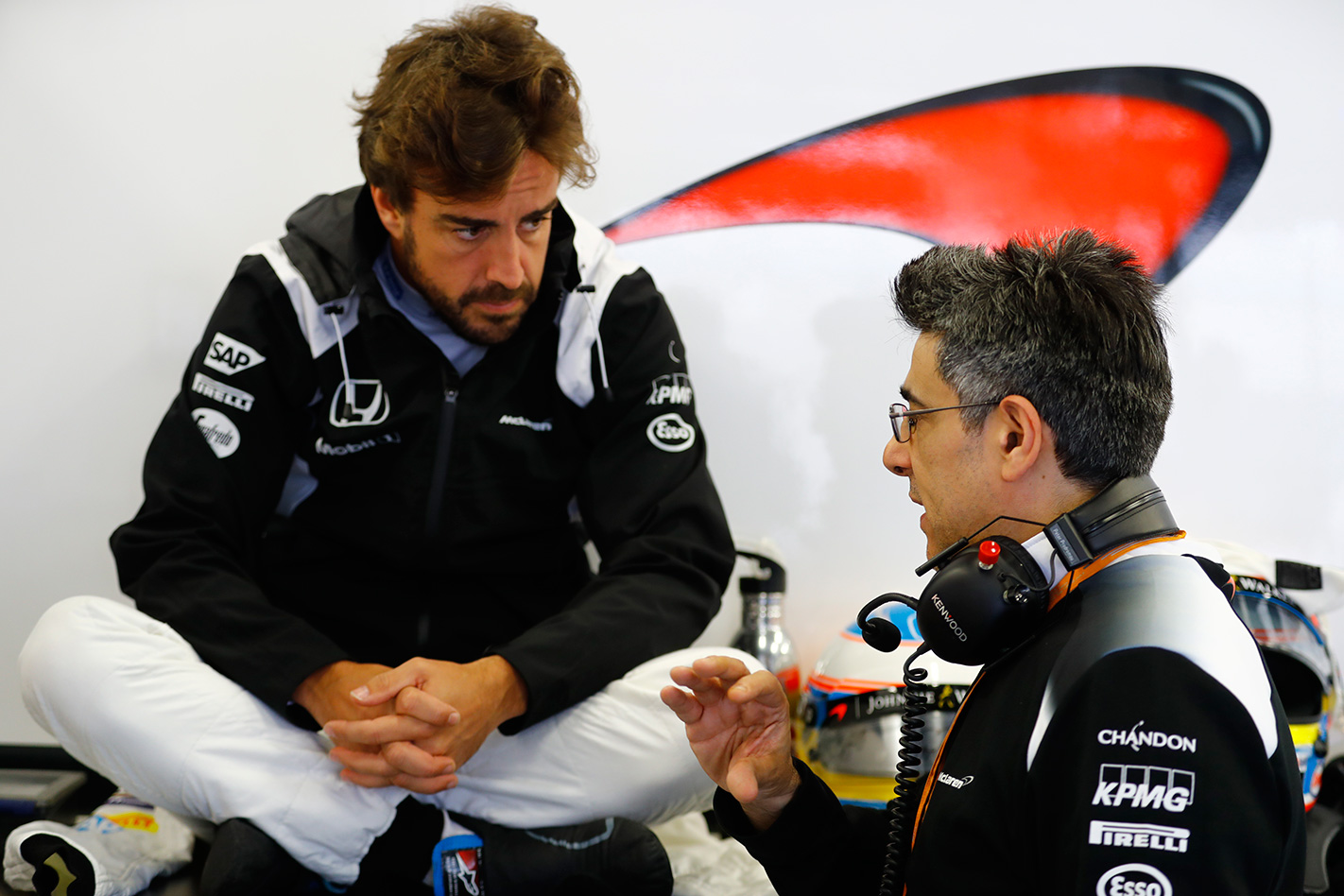
Neither Mercedes nor Ferrari will supply McLaren with engines unless forced to under the FIA regulations.
This leaves the Renault V6 as the only viable alternative, but the French giant already supplies Red Bull, Toro Rosso and its own team.
The best solution which doesn’t include loss of face would be for Honda to have its own team. Maybe it could buy Toro Rosso.
F1: Silverstone’s shaky F1 future
The viability of the British Grand Prix at Silverstone has been an ongoing bone of contention for many years, with no end of threats from either side – track promoter and Formula One’s powerbrokers – to terminate F1, which has been running there since it hosted the very first world championship race in 1950.
Track owner, the British Racing Drivers’ Club, long complained that the annual fee demanded by Bernie Ecclestone in the past – which began at £11.5 million in 2010, jumping by five per cent every year, meaning it will cost all of £26m by the deal’s end in 2026 – was way too onerous.
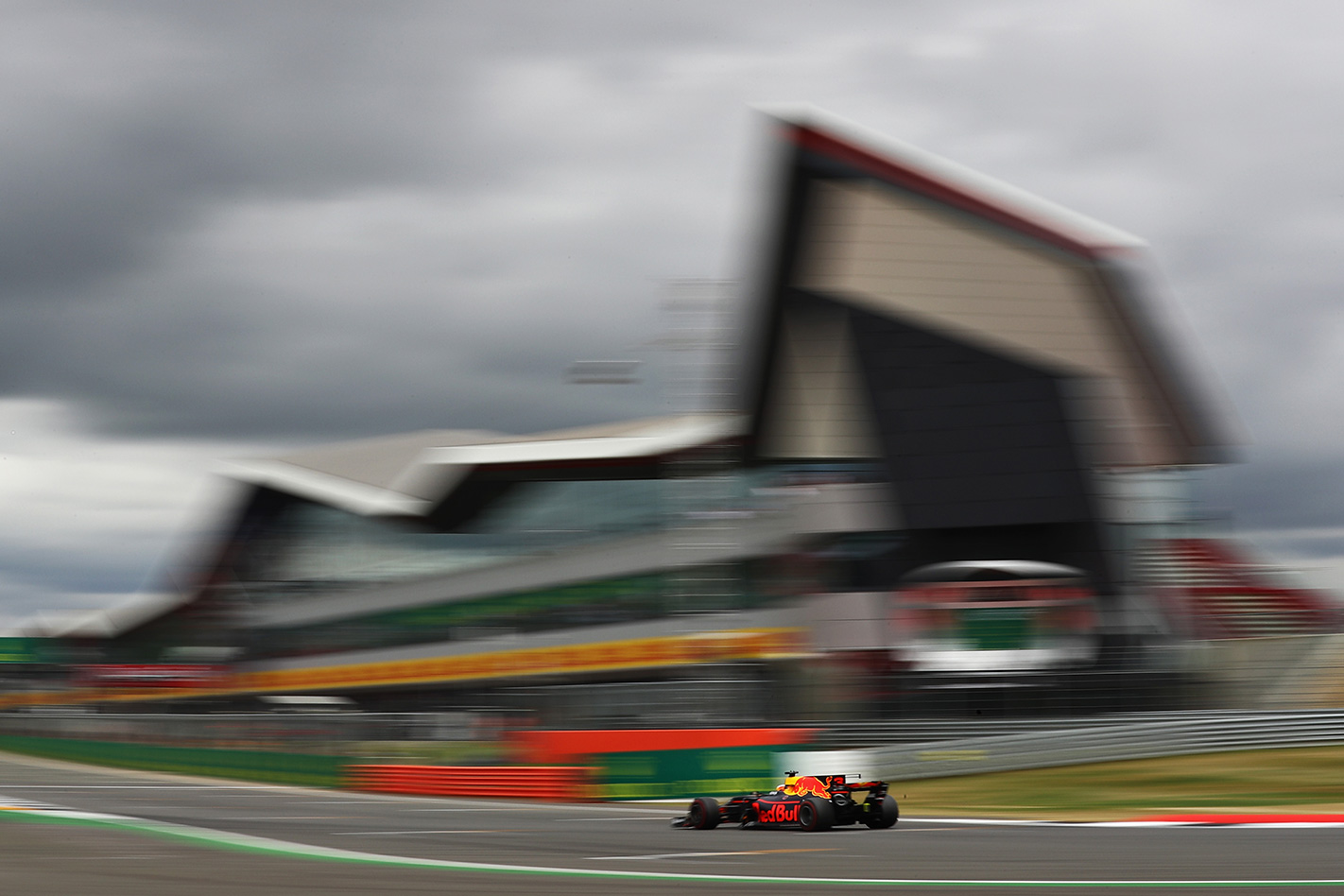
While Ecclestone has been pushed out of F1, the arrangement sticks and just before the recent british GP the BRDC triggered a break clause in its contract, indicating it will not run the race under the current deal beyond next year.
It’s clearly a game of bluff, but it may yet backfire. Yes, it is true that F1’s new owner, Liberty Media, has indicated it wants to retain the traditional races like the British GP on the calendar it is also more than keen to hold a GP in London.
Liberty also offered to run the British Grand Prix event at Silverstone for five years if given use of the circuit free for three weeks.
This won’t happen as the BRDC claims it would burn £20,000 a day under such an arrangement, presumably in lost revenue from daily track hire.
After this year’s highly entertaining British GP and the glee of the emotional and passionate British fans when Hamilton won, Chase Carey and the Liberty media chaps must surely think that Silverstone needs to remain locked on to the F1 calendar.
Talking through the very excitable British media, both sides have been making some extraordinary claims.
Only days after the BRDC invoked the break clause, club president and former driver Derek Warwick told British TV that Silverstone should continue to host the British Grand Prix. Confusing? Yes, somewhat.
Liberty’s Carey struggles to accept that the grand prix, which claimed an attendance of 350,000 across the three days last year, can be such an economic train wreck.
It’s highly unlikely Liberty Media would consider lowering its fee. Such a move would have all other GP hosts lining up for a discount. The BRDC’s best hope is for Liberty to make commercial concessions which may open other income streams to supplement ticket sales.
WRC: Could the Yaris win its first Finland rally?
With local knowledge a big boost on the fastest event on the World Rally Championship calendar, a trio of Finnish rally drivers and their Toyotas are optimistic about their chances of cracking a victory for the Yaris when the WRC moves to their homeland this week.
Lead Toyota driver Jari-Matti Latvala, a three-time winner in Finland, is aiming to match the exploits of current team principal and former WRC star Tommi Mäkinen’s four victories on their native soil.
Rally Finland is famed for its smooth, fast dirt roads punctuated by spectacularly large jumps. Last year’s event was the fastest rally in WRC history.
Placed third in the driver’s championship, Latvala is confident about his prospects while expecting a tough four days.
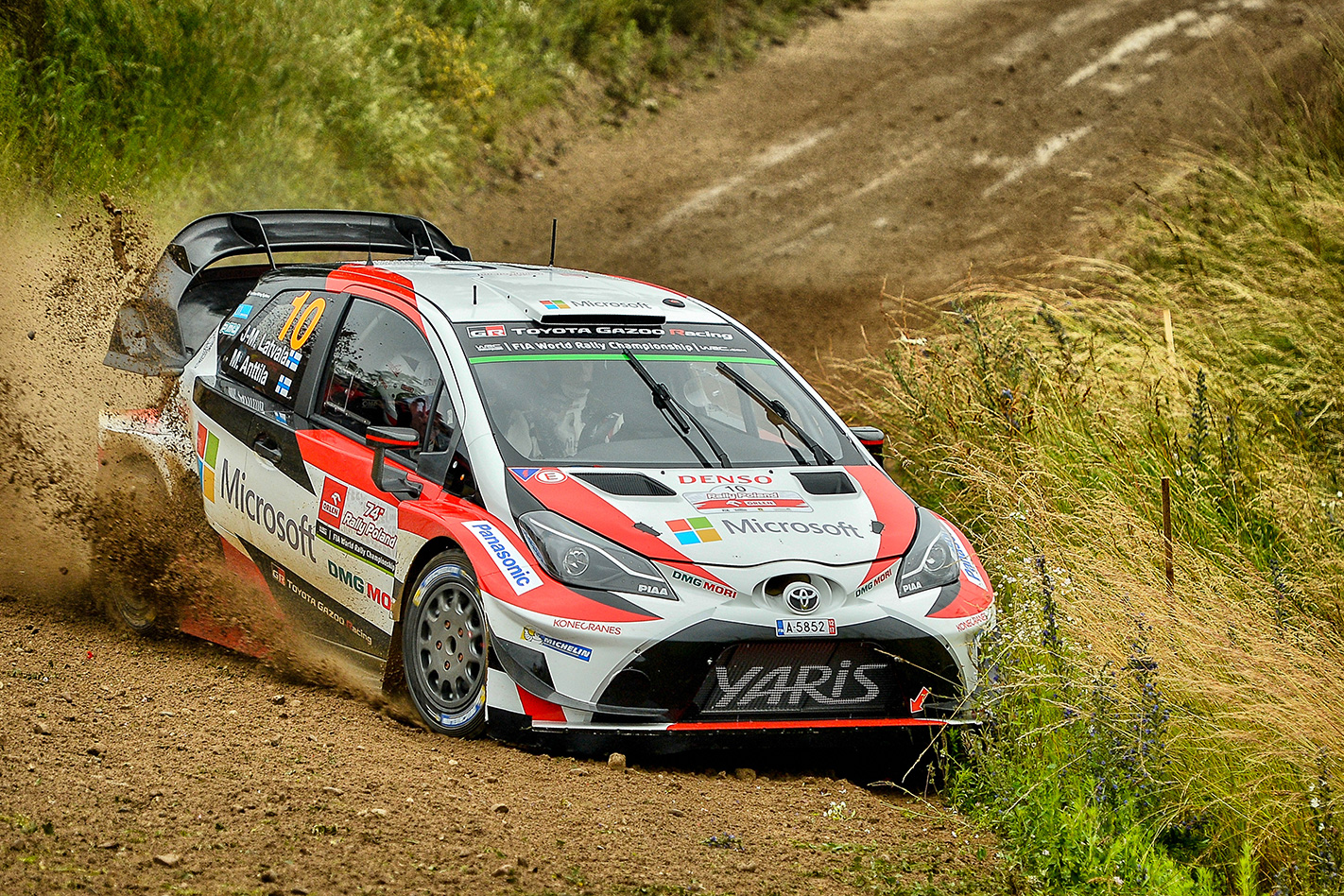
“There’s pressure to do well, but it’s a positive pressure. No doubt about my target: victory.”
Even with a home advantage, winning is a tall order against the rival Ford, Citroen and Hyundai squads.
Probably the most surprising outcome of the new-look WRC in 2017 has been how closely-fought it is.
All four manufacturers scored a win with their new cars inside the first four events, and five different drivers have claimed victory in the eight rounds held so far.
M-Sport Ford’s Sébastien Ogier holds a narrow 11-point advantage over Hyundai’s in-form Thierry Neuville heading to Finland.
But M-Sport’s Rally Finland pre-event test ended early and abruptly when Ogier crashed heavily on Thursday afternoon. The Frenchman was on his final run when he hit a substantial rock he’d flicked onto the road on a previous run through the stage.
Spearing into the bend in sixth gear, Ogier hit the rock which broke the suspension and sent him flying into a tree. He stepped out unharmed.
Also in the mix for rally Finland are the rapid Ott Tänak (Ford Fiesta), Hayden Paddon (i20) and the returning Kris Meeke (who was benched by Citroen for the last round in Poland).
Latvala has demonstrated the pace of the Toyota Yaris WRC car on fast gravel roads with three stage victories four weeks ago in Rally Poland.
The Toyota World Rally Team, which is based in Finland, will also be represented by Esapekka Lappi and Juho Hänninen in its three-pronged attack.
Rally Finland, the ninth round of this year’s championship, has 23 stages with 315.63km of competition.
Meanwhile, here in Australia, a Yaris with at least 300hp (224kW) will be the new mount for emerging rally star Harry Bates when he completes his challenge for this year’s Australian Rally Championship (ARC).
Neal Bates Motorsport is building the Yaris to AP4 regulations at its Canberra-based motorsport facility.
Compared with the S2000 Corolla that has served the young Bates so well, the Yaris – in compliance with the category rules – will be turbocharged instead of naturally aspirated and offer more suspension travel and a lower centre of gravity.
“Having a new rally car will be amazing – I expect it to be faster than the current car,” said Harry, who is leading this year’s championship by three points.
“Even so, I have a steep learning curve with the new car, so I’m not expecting to jump in and be up to speed right off the bat.
“However, by Rally Australia in November, I’d expect to be in a good position to fight for the championship in the new car.”

